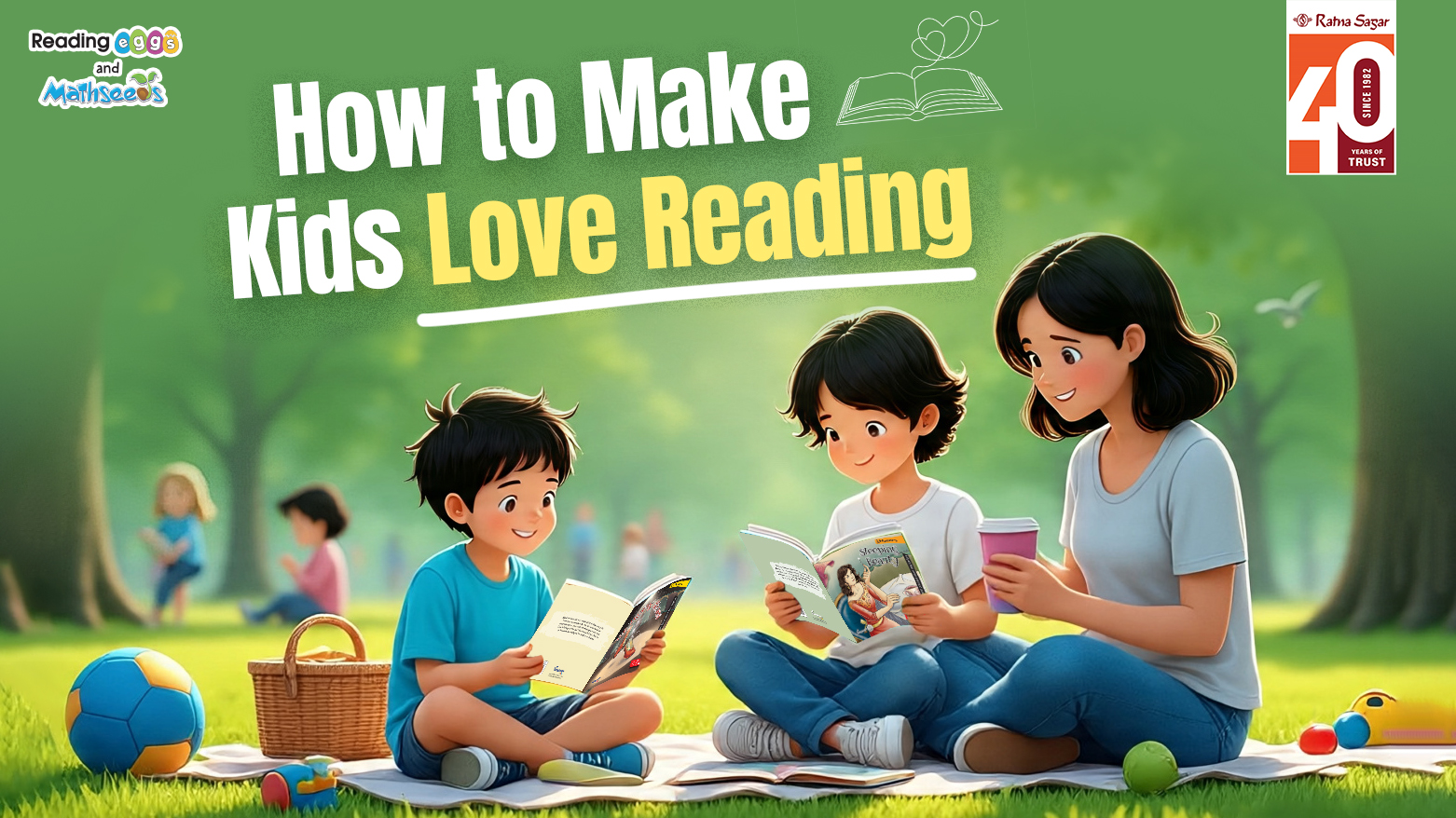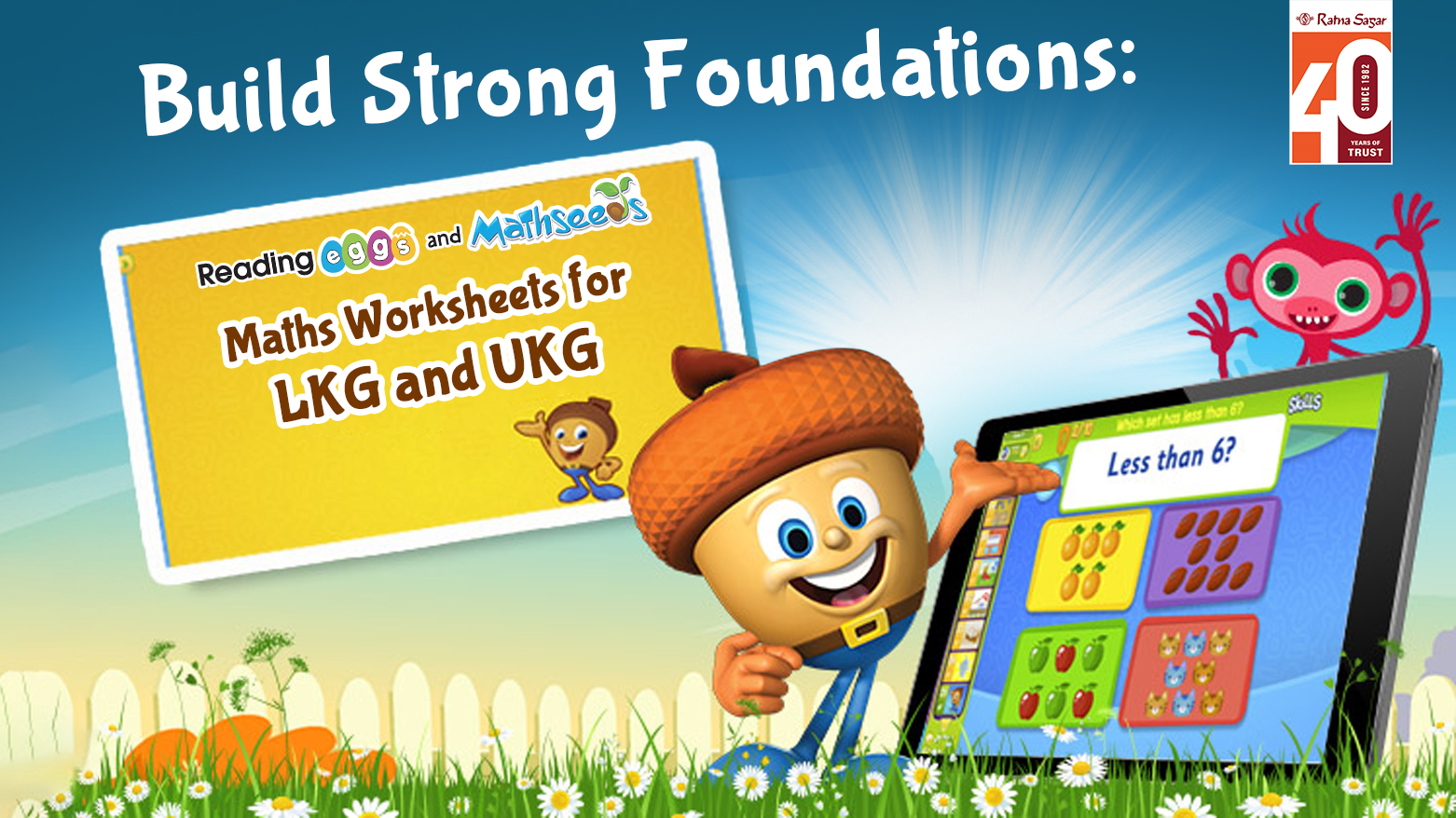How to Make Kids Love Reading Outside School
Reading isn’t just something kids have to do in school—it can be something they want to do. And if you're a parent wondering how to make that happen, you're not alone. With a little creativity, the right story books, and some consistent effort, you can ignite a genuine love for reading in your child, right from the comfort of home. This blog will guide you step-by-step on how to turn English story books into your child’s favorite activity—even outside school hours.
Introduction – The Magic of Story Books Beyond the Classroom
When school’s out, the last thing most kids want is more "learning." But what if we flipped the script? What if reading story books wasn’t about schoolwork at all—but about fun, fantasy, and freedom? That’s the power of reading outside the classroom. It's where English story books become gateways to magical worlds, time travel, superhero adventures, and talking animals. You’re not forcing education—you’re opening the door to exploration.
Why Reading Outside of School Matters
Freedom to Explore
Outside school, kids aren’t bound by reading levels or rigid schedules. They can dive into anything that excites them—whether it's pirates, princesses, or puppies. This sense of autonomy gives them ownership of their reading journey. It's not about grades. It’s about discovery.
Reading Without Pressure
In school, reading often comes with expectations: comprehension tests, vocabulary drills, deadlines. At home, story books in English are purely for enjoyment. No pressure. No tests. Just the joy of turning pages and getting lost in a tale.
Story Books: A Gateway to Imagination
Why Kids Gravitate Toward Stories
Children are natural storytellers. They play make-believe, create imaginary friends, and invent wild scenarios. That’s why they’re drawn to story books—especially ones packed with adventure and emotion. Stories feed their imagination and validate their creativity.
Story Books vs. Textbooks
Textbooks give facts; story books give feelings. A good story can teach more than any lesson plan ever could—empathy, problem-solving, resilience, and even cultural values. That’s why investing in English story books is like investing in a full-on brain and heart workout for your child.
The Power of English Story Books
Boosting Language Skills
Whether your child is a native speaker or learning English as a second language, story book English helps build vocabulary, grammar, sentence structure, and reading fluency—all in a natural, engaging way. They're learning without even realizing it.
Exposure to Culture, Values & Creativity
English literature often brings a global lens to life. From multicultural characters to universal morals, story books gently open kids’ minds to different ways of thinking and being. They absorb empathy and world knowledge without any lectures.
Creating a Reading-Friendly Environment at Home
Build a Cozy Reading Nook
You don’t need a fancy room—just a quiet corner with soft pillows, a reading lamp, and a shelf full of story books to read. Make the space inviting. Add a soft blanket, a book basket, or even their favorite stuffed animals. It’s about creating a reading vibe.
Keep Story Books in Sight
If the books are hidden away, they’ll be forgotten. Display English story books like artwork—on shelves, tables, even in the bathroom. The more your child sees them, the more they’ll pick them up.
Be a Reading Role Model
Let Them See You Read
Kids imitate what they see. If they see you scrolling on your phone all the time, they’ll want to do that too. But if they regularly see you reading a story book in English, you’re sending a silent message: reading is fun, important, and part of daily life.
Read Together, Grow Together
Even if your child can read independently, don’t stop reading aloud. Make it a shared experience. Snuggle up, take turns reading pages, use silly voices—it’s not just educational; it’s bonding.
Let Kids Choose Their Own Story Books
Ownership Sparks Interest
Let your child be in charge of picking out their books. Whether it’s a silly cartoon or a mystery chapter book, the goal is to make reading something they look forward to.
Curate a Mini Library of English Story Books
Build a personal bookshelf with a mix of genres—adventure, fantasy, humor, mystery. Include classics and new releases. Think of it as their personal treasure chest of stories.
Turn Story Time into a Fun Family Ritual
Make Reading a Part of Your Daily Routine
Bedtime stories? Yes, please. Sunday morning reading picnics? Even better. Build reading into your family's rhythm. Set a fixed time daily—even 15 minutes can make a massive difference.
Add Voices, Drama, and Laughter
Don't just read. Perform. Use accents, facial expressions, and pauses for effect. Make the characters come alive. Your enthusiasm will be contagious.
Mix It Up: Use a Variety of Story Books to Read
Explore Genres – Adventure, Mystery, Humor, and More
Kids love novelty. Keep their interest alive by rotating genres. One week, it's spooky ghost tales. The next, it’s laugh-out-loud silly stories. Always keep them guessing (and reading).
Include Comics, Picture Books, and Graphic Novels
Reading isn’t limited to traditional chapter books. English story books can be comics, graphic novels, or illustrated narratives. If it sparks joy, it counts.
Visit Libraries and Bookstores Together
Let Them Browse and Discover
Libraries and bookstores are like candy stores for curious minds. Take them often. Let them touch, explore, flip through, and borrow what interests them.
Join Reading Events and Storytelling Sessions
Check out local events. Storytime sessions, reading circles, or book-themed craft days can inspire your child and connect them with fellow young readers.
Create a Digital-Print Balance
E-books and Audiobooks as Supplements
Tech isn’t the enemy—when used right, it’s an ally. Audiobooks can make stories more accessible and exciting, especially during car rides or quiet evenings.
Encourage Paper Story Books to Build Focus
That said, print books develop deeper focus and comprehension. Make sure they still have plenty of physical English story books to enjoy screen-free.
Celebrate Reading Achievements
Set Fun Challenges
"Read 5 story books this month and win a pizza night!" Make it exciting. Turn reading into a playful challenge—not a chore.
Reward with More Books, Not Gadgets
Instead of toys or screen time, let the reward be a new story book in English or a special trip to the bookstore. Keep the reward loop connected to reading.
Connect Stories with Real Life
Discuss Characters and Plots
After reading, ask questions like, “What would you do if you were the hero?” or “Why do you think the dragon was lonely?” It builds empathy and deeper thinking.
Relate Lessons to Daily Experiences
Use stories as teaching moments. If a character shows kindness or bravery, point it out when your child does the same. This real-world connection cements the value of reading.
Conclusion
Helping your child fall in love with reading doesn’t require fancy tools or strict programs. All you need are engaging English story books, a warm and inviting atmosphere, and your involvement. When reading becomes a shared, joyful experience instead of an academic task, children naturally develop a lifelong love for books.

